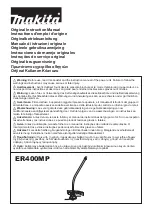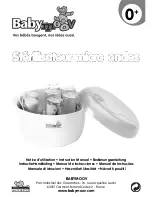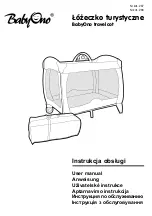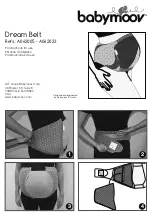
- 6 -
This is why stainless steel surfaces must be regularly rid of miscellaneous contamination which may damage the level
of resistance of the passive layer, and also ensure the maintenance steps are observed. (Preparation to cleaning / clea-
ning / rinsing / disinfection / rinsing / drying).
Regular maintenance with extended rinsing with water is the best method to renew and maintain the passive layer.
Each of the steps linked with maintenance presents risks of damaging the passive layer: using hard water / overdosing
detergents / using chlorine-based detergents / food residue on the products / insufficient rinsing…..
Whenever corrosion appears, the element or step having led to it must be identified.
y
Advice :
-
maintain stainless steel surfaces clean and dry. Ensure there is a sufficient flow of air.
-
clean daily to remove scale, grease and any food residue. Corrosion can form under these layers by lack of air inlet.
-
daily cleaning can be performed with a damp cloth. If necessary :
* use soapy water, cleaning products with low chloride content, javel-free detergents, window degreasers.
* remove hard stains with a non metallic brush (plastic material, natural bristles or stainless steel wool).
-
do not scratch the surfaces with metals other than stainless steel, and more particularly, never use iron brushes.
-
remove fresh rust stains with soft abrasive agents or fine emery cloth.
-
for larger stains, use hot oxalic acid with a 2-3% concentration. If necessary, apply a treatment with nitric acid
concentrated at 10%.
After treatment, wash thoroughly with water and wipe.
The use of acid is reserved to skilled persons and complying with regulations.
y
Product to ban :
-
Javel water and chlorine based products
-
hydrochloric acid
-
iron oxide abrasive powders.
This equipment carries the recycling symbol in accordance with Directives 2002/95/CE and 2002/96/CE relating to
Waste Electrical or Electronic Equipment (DEEE or WEEE) At the end of its working life the equipment should be recycled in accordance
with the regulations that are in force in the country of its installation
.


































